Uber’s Rival Lyft said its autonomous cars would rule the road while private car would disappear within a decade.
These kinds of ambitious proclamations have put traditional car companies on high alert. If Uber and Lyft have their way, the companies that were once kings of the road could become low-margin manufacturers of hardware for ride-hailing apps, a demotion that car makers like Ford, GM, and BMW are trying to avoid.
Last week, a few notches down the Rust Belt from Pittsburgh in Dearborn, Mich., I saw an alternative scenario. I was trying out Ford’s vision of the autonomous future, and the company had a few bold statements of its own. In August, Ford stated that by 2021 it will manufacture a high-volume fully autonomous car—without a steering wheel or foot pedals—specifically designed for a ride-hailing service. The 115-year old company responsible for the Model T may be turning the tables on Silicon Valley.
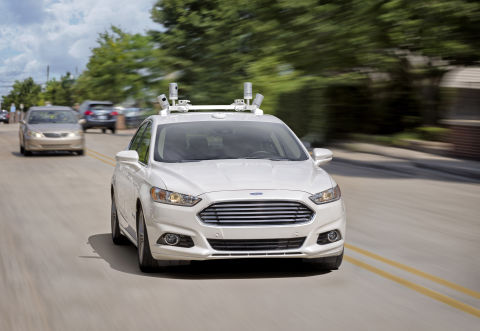
As I took a 15-minute spin in the autonomous Ford Fusion Hybrid , watching the ghostly steering wheel turn by itself felt like the future. Although most self-driving prototypes are purely electrical, a gas-electric car like the Fusion Hybrid, which has a robust electrical system but allows for long-range driving and quick refueling, could be a better choice since it can avoid the long recharge times of most EVs.
Safety is also a looming question as accidents involving self-driving cars and other “autonomous” features from companies like Google and Tesla continue grabbing headlines. Using only onboard sensors and no pre-determined script—though with a human “safety driver” ready to take over at any time—the Ford Fusion Hybrid was easily the politest vehicle on the road. When a pedestrian made an impromptu dash across the approaching crosswalk, the car waited patiently before finally creeping forward.
Related ArticleThe Tesla Autopilot Accidents Are a Warning
“We follow the letter of the law, instead of the way people actually drive,” said Schuyler Cohen, a Ford engineer who was riding shotgun to monitor the hybrid’s performance. “We’re extremely confident that we’re going to have a ride-sharing service by 2021.”
Ford’s ride-hailing plans still lack concrete details, but the company is willing to make what it calls a “small bet” on services, while not mucking with its current primary sources of revenue, like selling 800,000 F-Series trucks every year.
A Sobering Reality
The fight over the transportation’s future is not necessarily a complete war of attrition between Silicon Valley and the Motor City. The two may need each other more than they realize.
“I’m increasingly of the opinion that ride-hailing companies will no longer be standalone businesses in 10 years,” said Abuelsamid. “They will be integrated with the manufacturers so that automakers will provide top-to-bottom solutions from the design, development, and production of the vehicles…as well as the full consumer-facing ride-hailing business.”
“The industry wants to be part of a revolution, if there is one.”
Can the carmakers and app-makers learn to play nice with each other? It’s already happening. In addition to GM’s investment in Lyft, we’ve seen Toyota and Volvo/Geely put money into Uber and Volkswagen into Gett, an Israeli-based ride-hailing service. The major car companies are already getting their chess pieces in place.
Regardless of the perceived benefits, the 2021 timeline for a massive rollout of self-driving fleets is way too optimistic, says Abuelsamid. He believes self-driving taxis will be confined to small fleets of perhaps a few hundred cars only in well-mapped areas with reasonable weather conditions year round.
Whatever the autonomous revolution’s real world progress, it’s undeniable that it’s coming. The only question that remains is in what shape that revolution will take. “The world we live in is changing quickly,” said Bill Ford, executive chairman of Ford and great-grandson of the well-known inventor of the Model T. “What will our company look like in 2025? I think anybody that tells you they know is lying.”
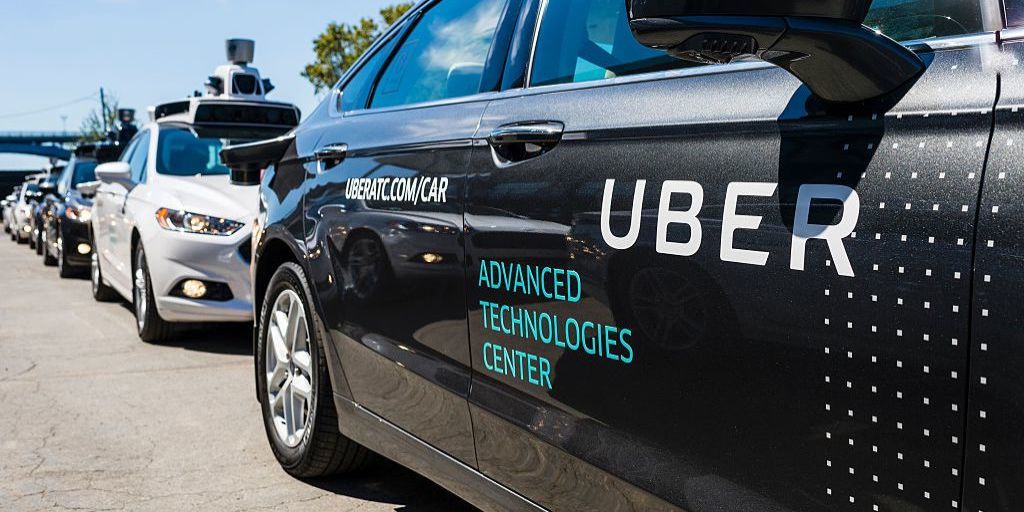

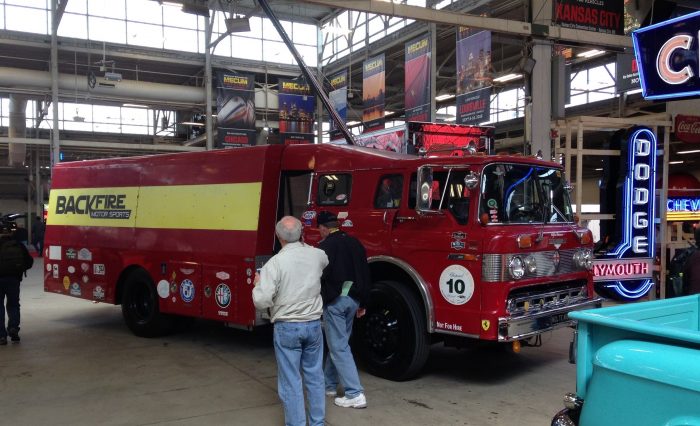

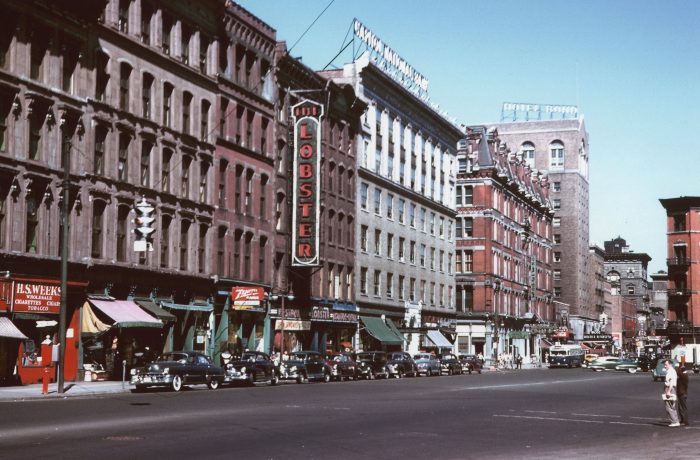
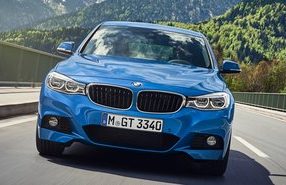
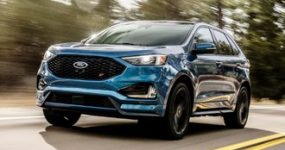

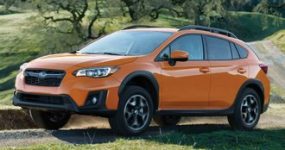

Recent Comments